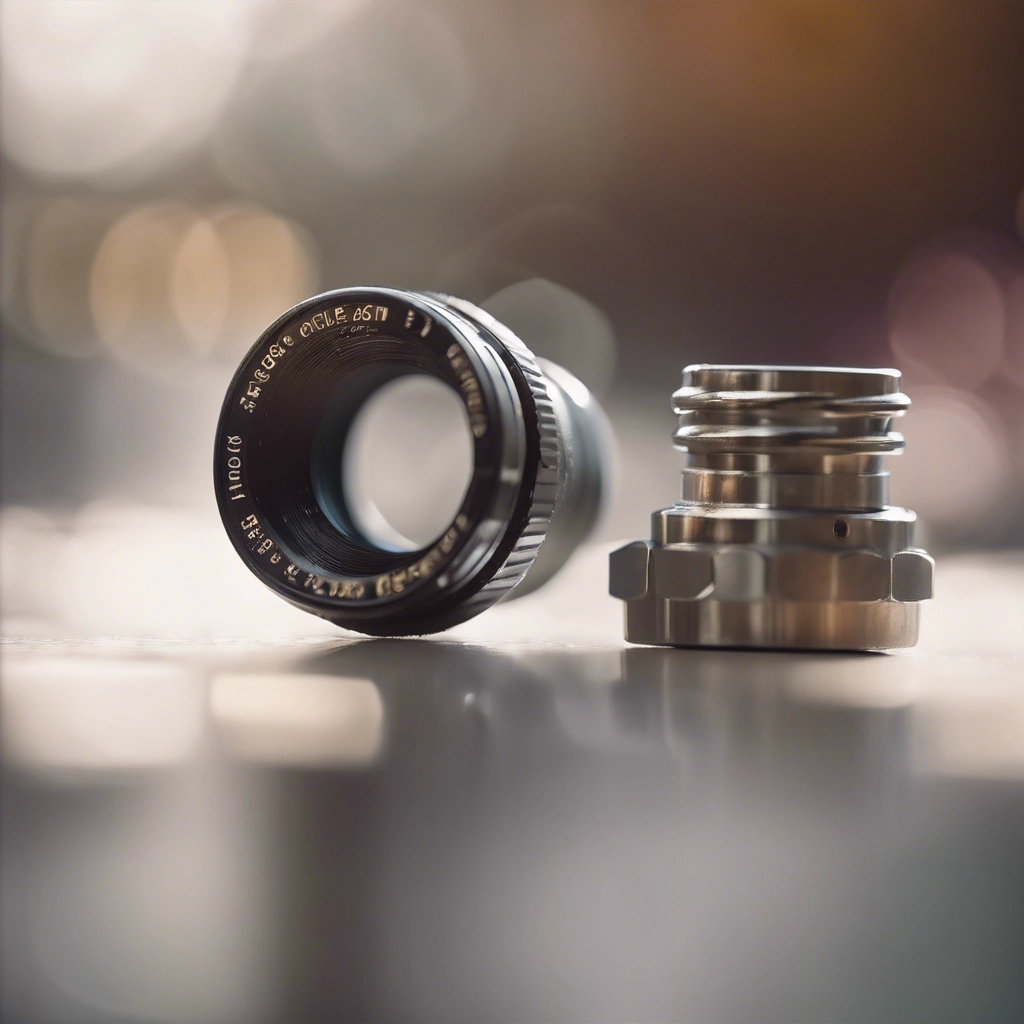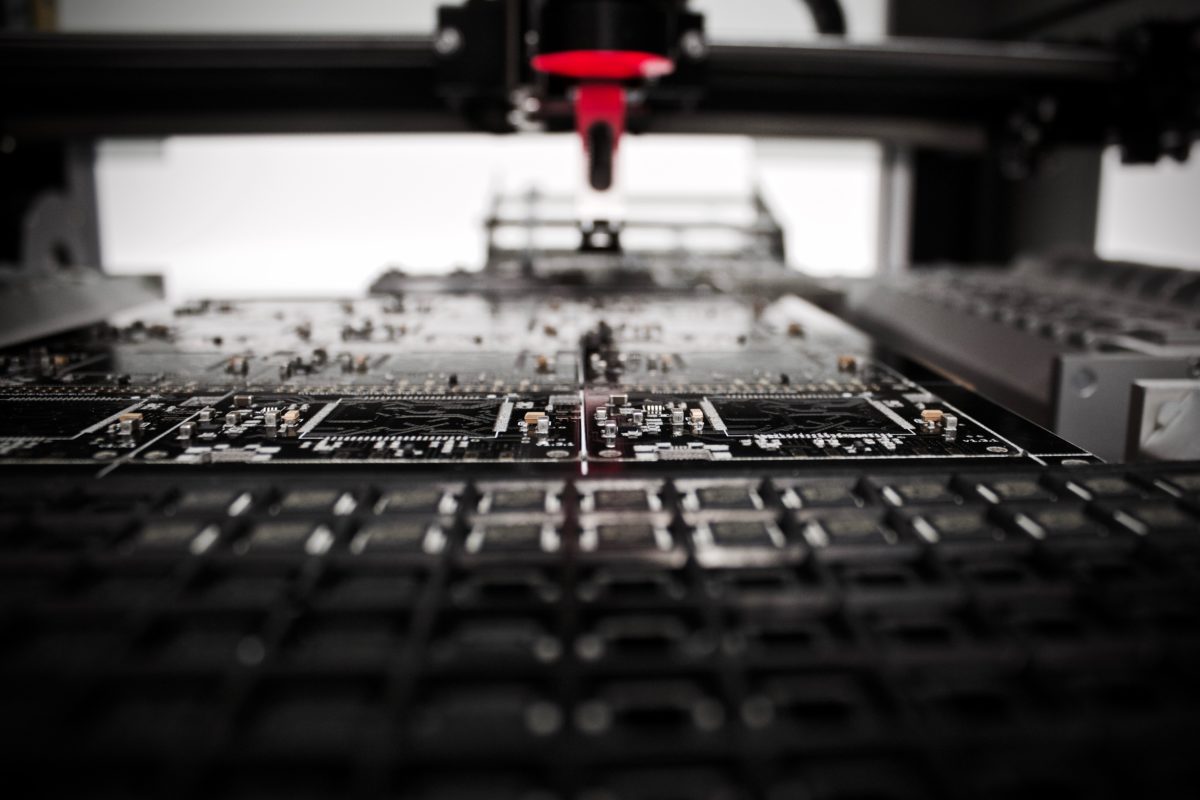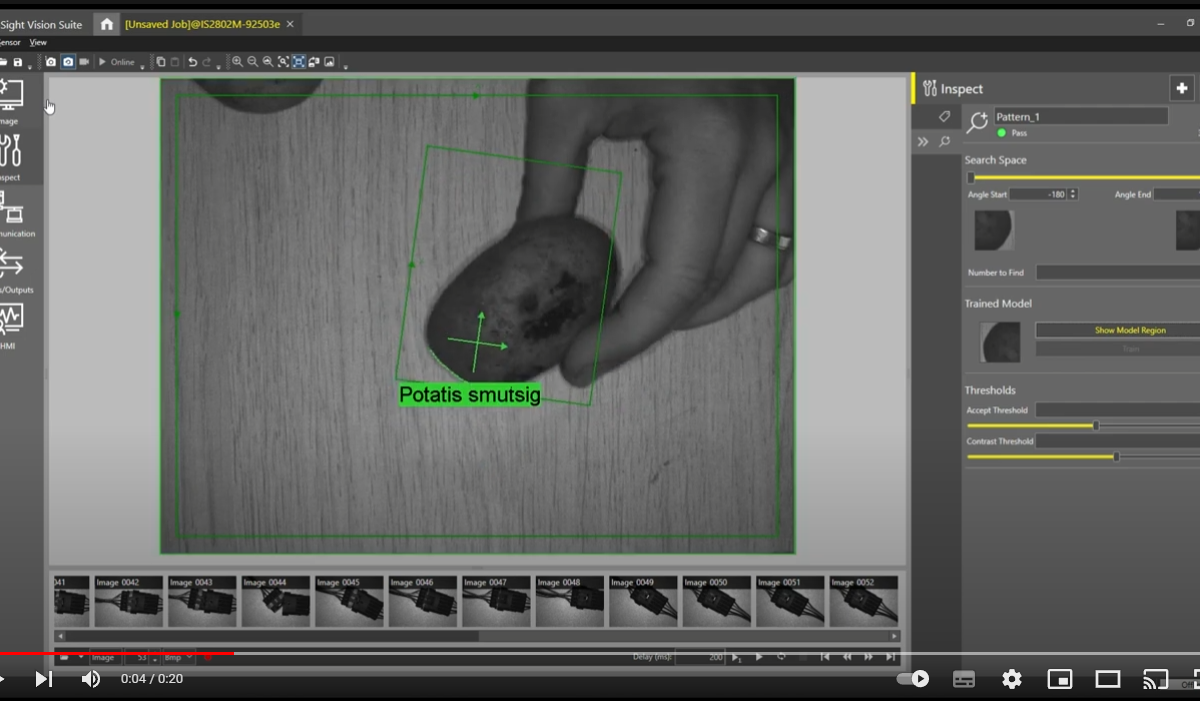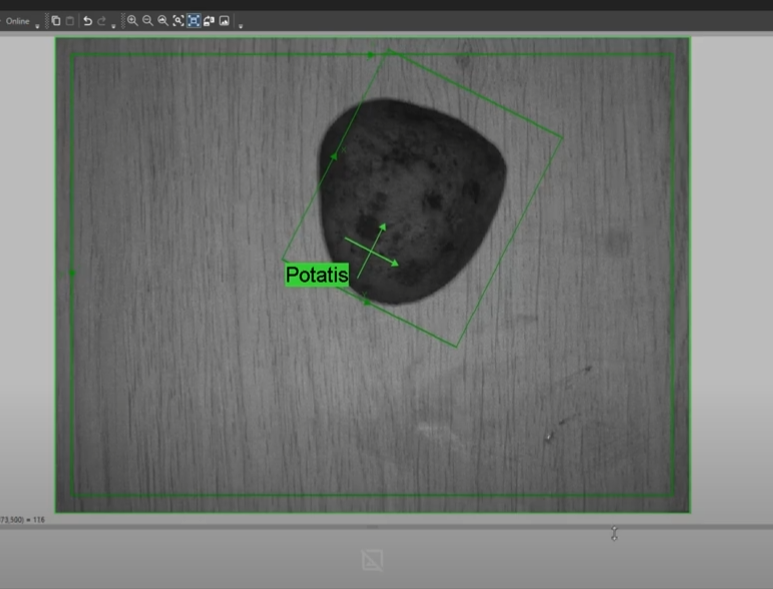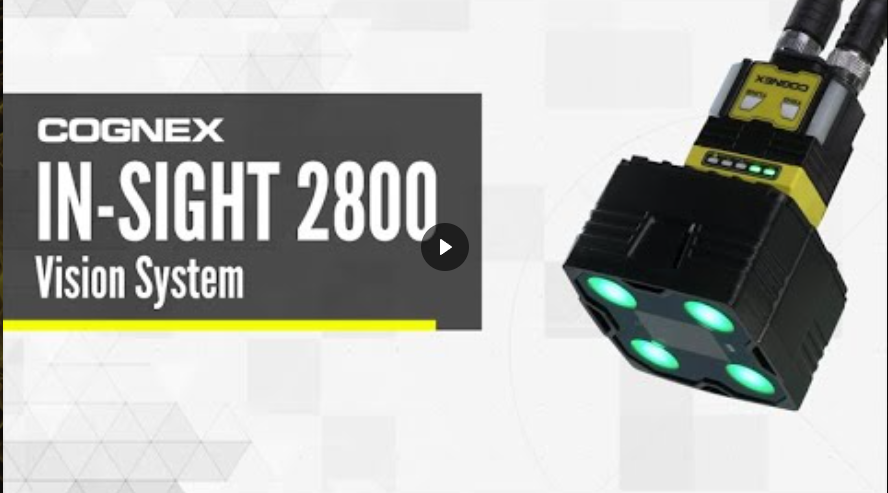Here’s a step-by-step approach to using a vision system for screw verification on an assembly line:
- Integration: Install the vision system on the assembly line where screw verification is required. Position the camera to capture a clear view of the area where screws should be mounted.
- Lighting Setup: Experiment with backlighting and dome lighting to achieve the best image contrast for the screws. Testing different lighting conditions will help determine the most effective setup.
- System Calibration: Calibrate the vision system with samples of correctly assembled products to teach it the pattern of screws that should be present.
- Testing: Run the system with test products to ensure it is accurately identifying the correct number of screws. Adjust sensitivity, lighting, and recognition parameters as needed.
- Operational Deployment: Once the system reliably detects the correct assembly pattern, begin monitoring the production line. Set up alerts or reject mechanisms to act upon detection of assembly errors.
- Data Analysis: Collect data on detections to monitor for trends, improve assembly processes, and reduce future errors.
By strategically combining different lighting techniques with advanced pattern matching and blob analysis, manufacturers can ensure that their vision systems are highly effective in verifying the correct assembly of products. As a result, vision systems help maintain quality control, reduce waste, and increase the overall efficiency of production lines.
Conclusion: Environmental Benefits of Vision Systems in Production Control
When implementing vision systems to verify correctly mounted screws in a production line, not only is increased accuracy and reliability in the manufacturing process achieved, but it also contributes to sustainable and environmentally friendly operations. By reducing the amount of scrap and the number of claims resulting from improperly assembled components, companies can play an important role in reducing their carbon footprint. Here are some of the positive environmental consequences of ensuring production using vision systems:
Reduced Material Consumption
By precisely detecting assembly errors, they can be immediately corrected before products continue down the production chain or reach the customer. This leads to less waste of materials, as fewer parts need to be discarded and replaced with new ones, which in turn reduces the need for raw materials and the energy consumed in the production of replacement parts.
Reduced Waste
Fewer defective products mean less waste is generated. Waste management, especially of electronic and metallic components, is a significant environmental burden. Reducing waste minimizes the negative impact on the environment and decreases the deposition and incineration of industrial waste.
Fewer Claims and Returns
With properly implemented vision systems, the risk of customer claims and returns of defective products is minimized. This means not only less work and costs associated with customer service and reprocessing of returns but also fewer transports. Transport contributes significantly to carbon emissions, so a reduction here has a direct impact on reducing greenhouse gas emissions.
Longer Product Life and Sustainability
Correctly assembled products tend to have a longer lifespan. This means that products don’t need to be replaced as often, which reduces the resources required to create new products and the outcomes of consumption-based waste.
More Efficient Use of Resources
Vision systems contribute to streamlining the entire manufacturing process, which means that resources such as energy and labor can be used more efficiently. This lowers the total energy requirement and reduces production-related emissions.
Strengthening of Brand Image
Companies that actively work to reduce their ecological footprint by implementing environmentally friendly technologies strengthen their brand image. Consumers and B2B customers are increasingly drawn to companies that can demonstrate responsibility towards the environment, which can give a competitive edge in the market.
Final Thoughts
By taking systematic steps to integrate vision systems into their production, manufacturers can achieve not only technical advantages and cost savings but also contribute to a more sustainable world. To the extent that industries strive to be part of the solution for a better planet, the use of advanced inspection technology is a step forward that can also have a significant positive environmental impact.
